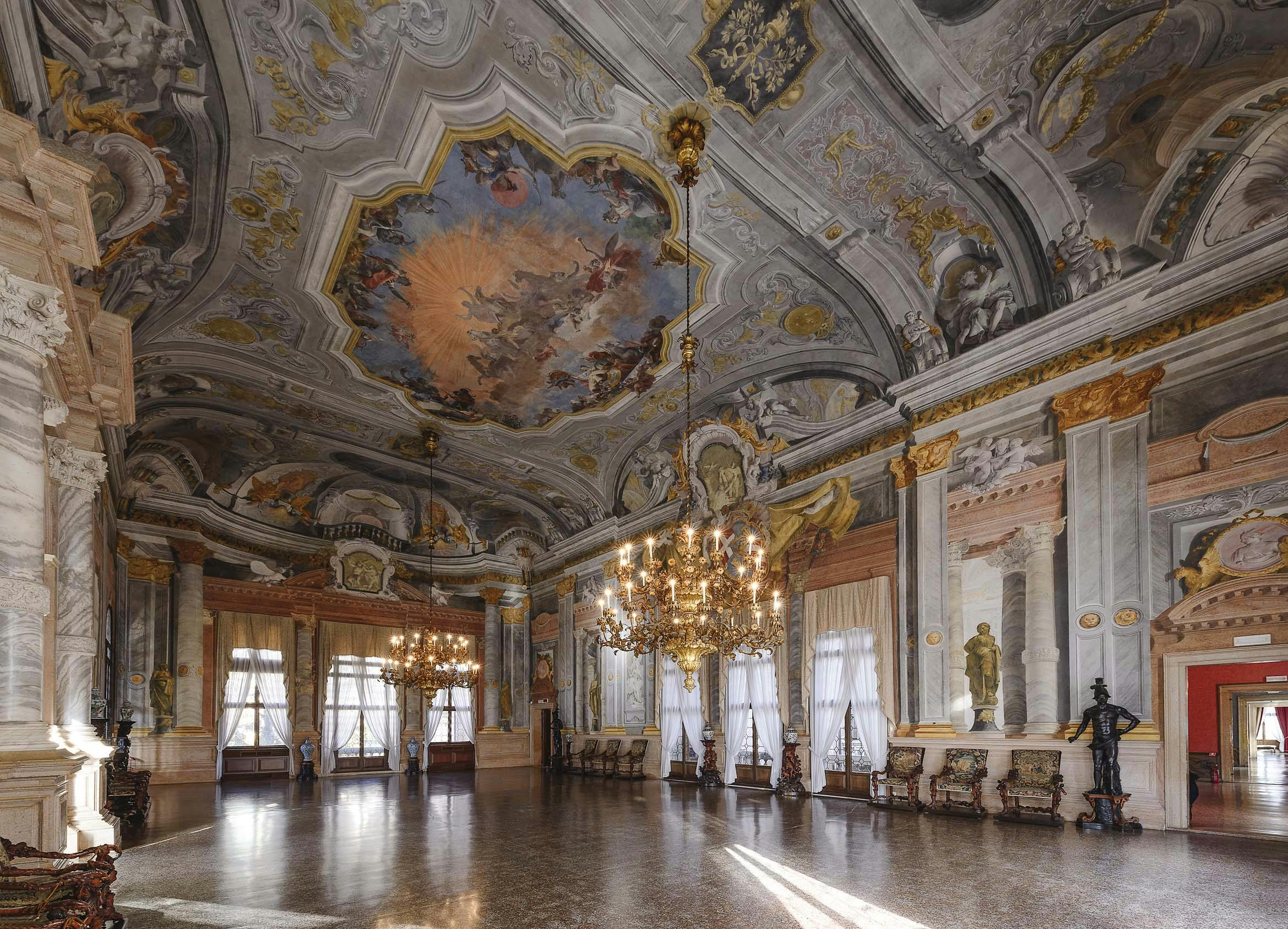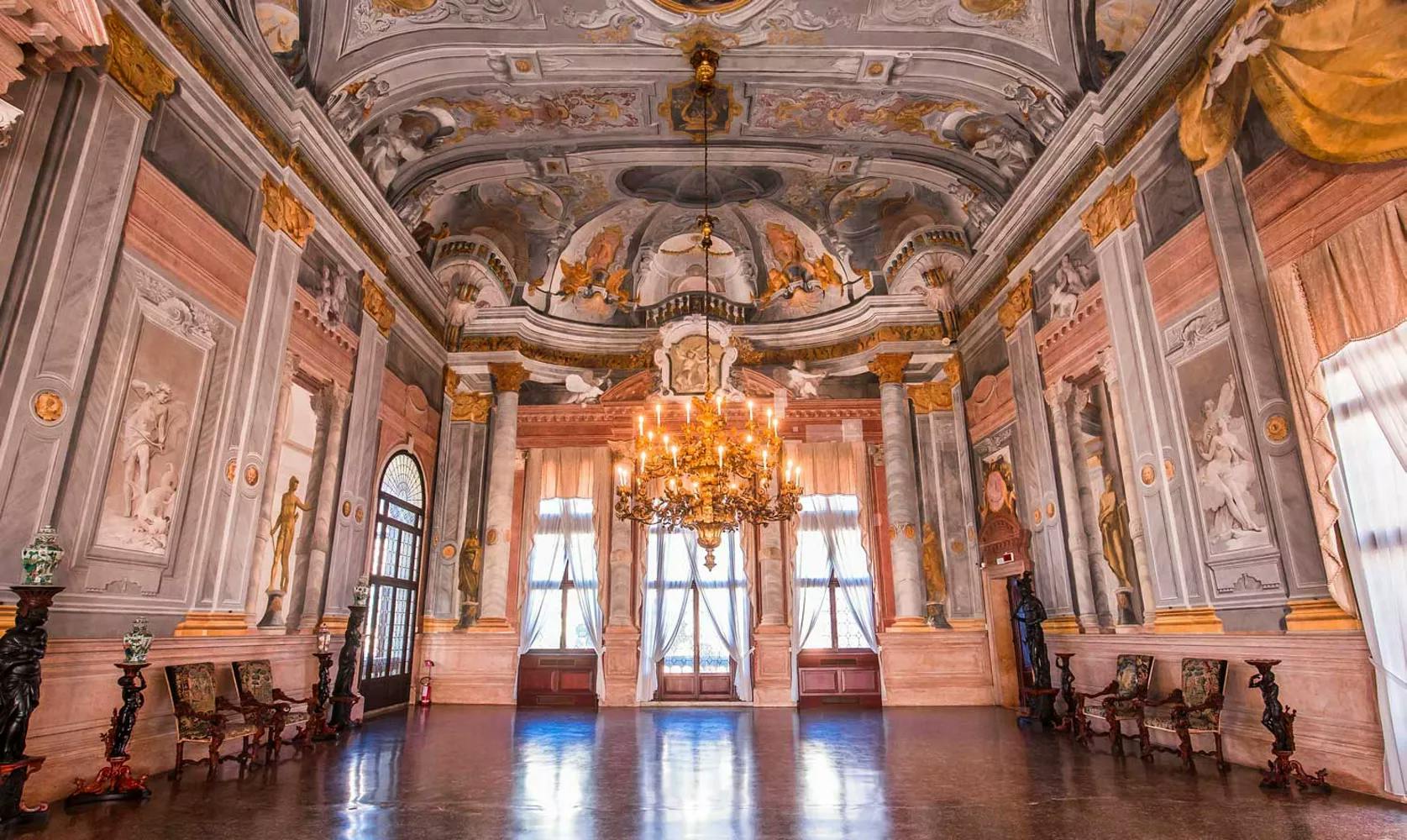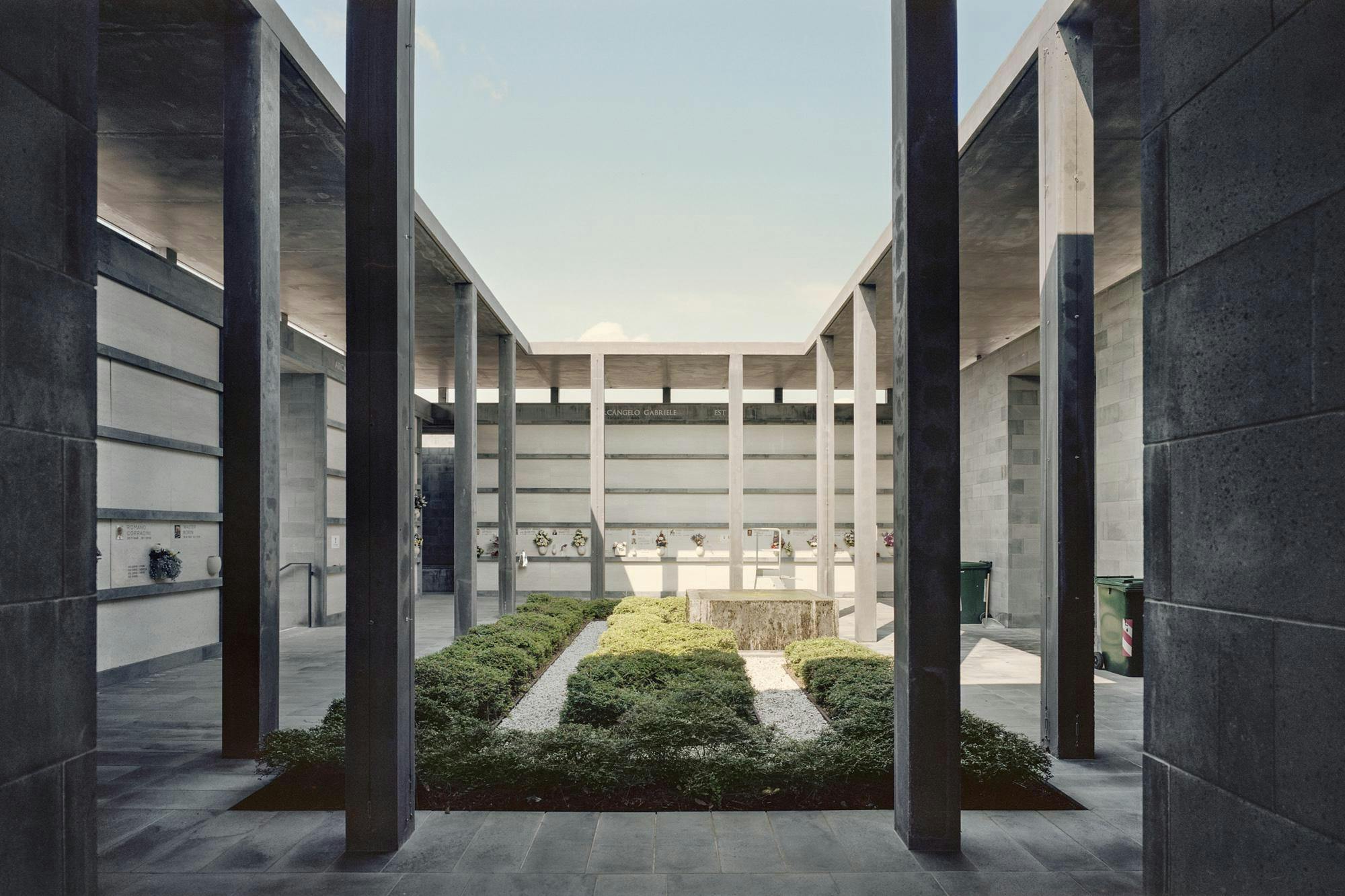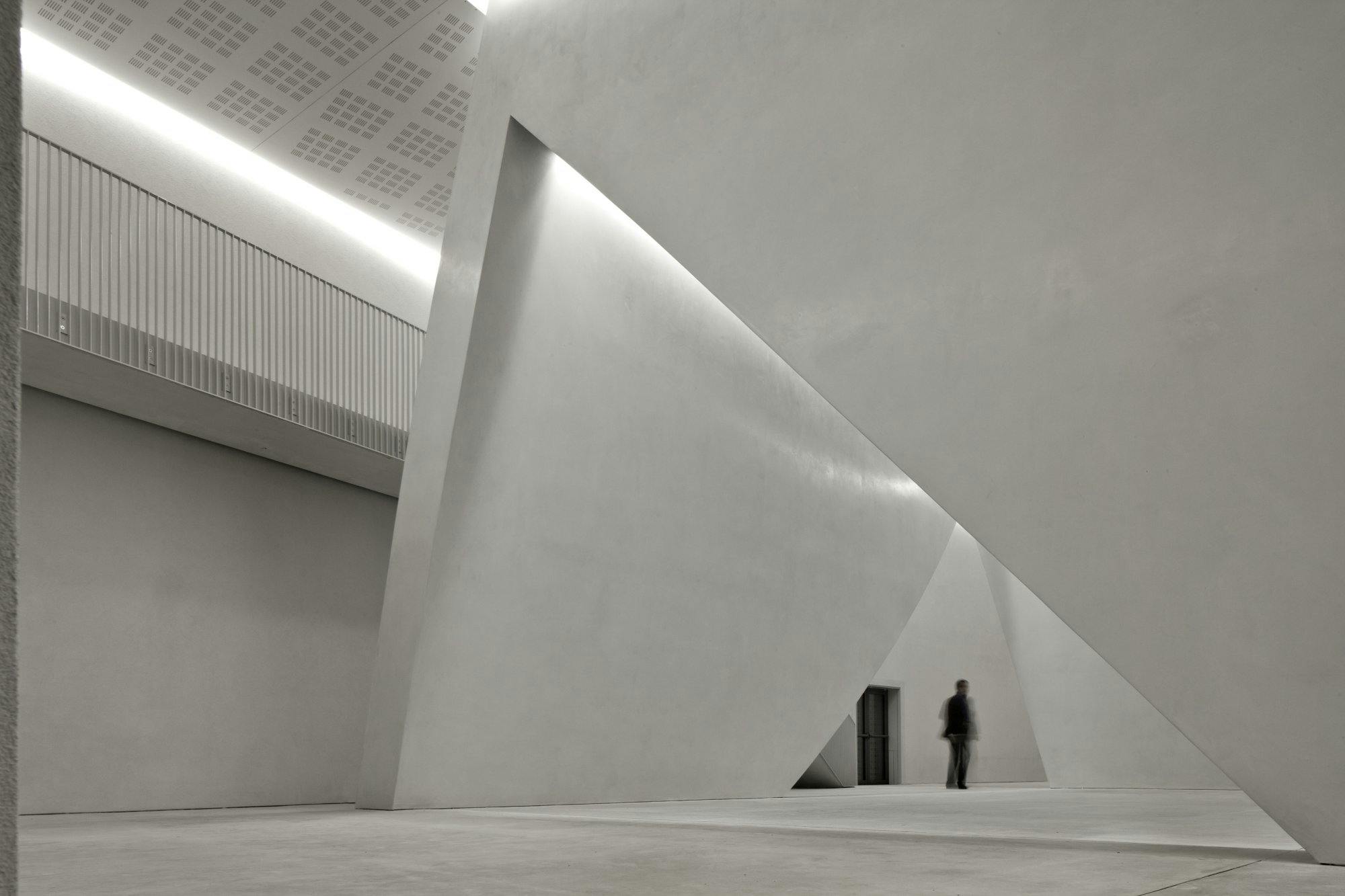
Ca' Rezzonico
Ca’ Rezzonico is an 18th-century palazzo on the Grand Canal in Venice designed by Baldassare Longhena and completed by Giorgio Massari.
Ca’ Rezzonico was originally commissioned by the Bon family and designed by Baldassare Longhena, Venice’s most prominent Baroque architect. Construction began in 1649 but remained incomplete at Longhena’s death in 1682. Nearly a century later, the Rezzonico family purchased the unfinished structure and hired Giorgio Massari to complete it. The result is a hybrid palazzo—Baroque in massing, Rococo in finish—now functioning as the Museo del Settecento Veneziano, dedicated to 18th-century Venetian art and domestic interiors.


Longhena’s original design followed the classic tripartite palazzo format: a rusticated ground floor, piano nobile with arched windows, and an upper story articulated by pilasters. The façade—monumental but controlled—occupies a prominent site on the Grand Canal between San Barnaba and Ca’ Foscari. When Massari resumed the project in 1751, he retained Longhena’s proportions but softened the Baroque syntax, introducing Rococo ornamentation and resolving the canal-side elevation with a slightly more theatrical central bay. The building was completed in 1756, one of the last great palazzi to be constructed before the fall of the Republic.
The interiors reflect a shift from structural ambition to surface articulation. After acquiring the palazzo, the Rezzonico family commissioned major fresco cycles from Giambattista Tiepolo, Giandomenico Tiepolo, and Pietro Longhi, among others. Ceiling frescoes in the Sala del Trono and Sala dei Pastelli were designed as narrative programs rather than decoration, often including allegorical references to Rezzonico patronage and papal connections (Carlo Rezzonico later became Pope Clement XIII). Unlike earlier palazzi, where public and private were spatially divided, Ca’ Rezzonico’s enfilade blends reception rooms and domestic quarters into a single performative sequence.
The building was sold multiple times in the 19th century—briefly owned by poet Robert Browning—and was acquired by the city of Venice in the 1930s. Since then, it has been reconfigured as a museum, though many original frescoes and furnishings remain in situ. The structure itself has been subject to limited architectural intervention, preserving both the dual authorship of Longhena and Massari and the material language of late Venetian domestic architecture. For those studying typology shifts in the Baroque-to-Rococo transition, Ca’ Rezzonico offers a near-textbook example rendered at full scale.






